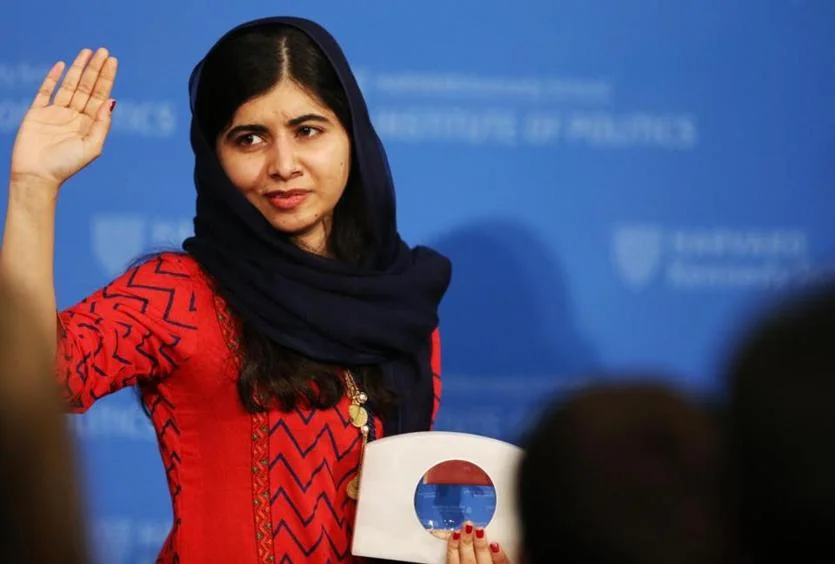As Female Genital Cutting Explodes, Tostan's Molly Melching Reports Progress
/Sad Global Statistics on the Prevalence of Female Genital Cutting
We celebrate every step forward taken in the drive to end the genital mutilitation of women worldwide. But a new report from the UN says that the estimates of the total women affected has been very underestimated.
A new survey from Indonesia, the world’s fourth most populous country, plus population growth in other countries where the practice continues, often despite being outlawed—led to the revision.
It's believed that about half of all Indonesian females under the age of twelve have undergone female genital mutilation or cutting, as it’s formally known, even though the practice was outlawed in 2006."The new numbers bump up the worldwide total to at least two hundred million women and girls, alive today, who have undergone genital mutilation—some just a few weeks after birth, the vast majority before the age of ten."
The new data from Indonesia and anecdotal information from other countries—including Malaysia, India, the United Arab Emirates, and Oman— confirms that the practice is not primarily concentrated in Africa, as was long believed. The practice is global. The analysis of 30 countries was published to mark the International Day of Zero Tolerance for FGM
Genital cutting is outlawed in the US, where it's believed that about half a million girls have been cut. More than 65,000 girls living in the New York City/Newark metro area have been cut, according to a 2013 report. It's believed that Somalia has the highest prevalence of women and girls who have been cut with 98% of the population between ages 15-49 affected by the practice. on
Tostan's Molly Melching Criminalization Not Ending Female Genital Mutilitation
Anne of Carversville has followed the work of Tostan's Molly Melching for years. Melching shares an op ed published by the Council on Foreign Relations
In 2014, Dr. Bettina Shell-Duncan—well known for her extensive research on FGC in Africa—published a study on the effectiveness of legislation banning FGC in communities in rural Senegal. The study found that, while there is widespread knowledge of the existence of a national law banning FGC, local rules most often take preference over rule of law, and customary dispute resolution remains the primary means of accessing justice for rural African communities.
Melching's organication Tostan is based on a model of Community Empowerment Program, a three-year period of dialogue between her surrogates and community leaders in which a new community decision arises around desirability for ending FGC.
As a direct result of Tostan’s program, to date, over 7,600 communities in eight countries across Africa have publicly declared their intention to abandon FGC and child and forced marriage. This means that three million people now live in communities that have chosen—collectively and of their own volition—to end these harmful practices.
The Tostan strategy knows that one village cannot make such a radical decision to abandon this ancient tradition on its own and that success comes only when communities band together to end the practice.
Tostan has found that there are five key elements to supporting the end of the practice: 1) community education on health and human rights; 2) dialogue and discussion that unearths the consequences of the practice and hidden opposition to it; 3) engagement of all those involved, including religious leaders, grandmothers, cutters, fathers, the girls themselves, as well as the government; 4) public declarations that give communities agency, allowing them to say publicly that they are the ones who have decided to end this practice; and 5) a supportive enabling environment—including laws—that are designed to build on these other components.























































